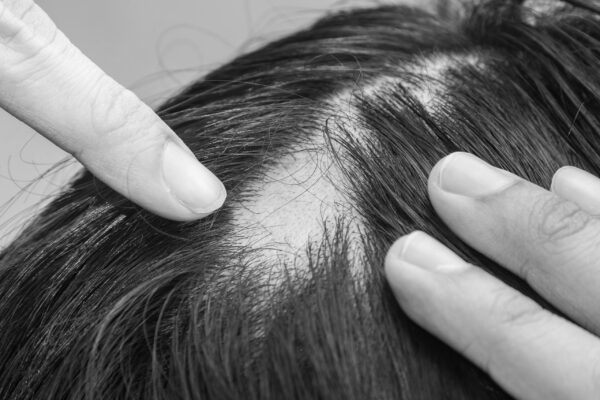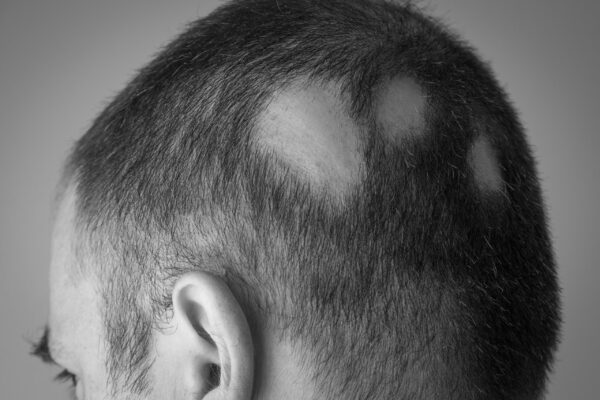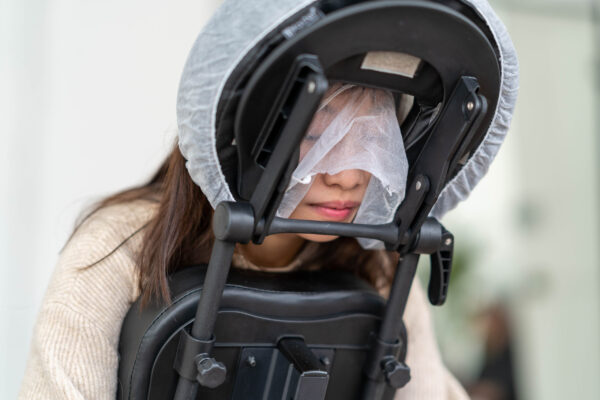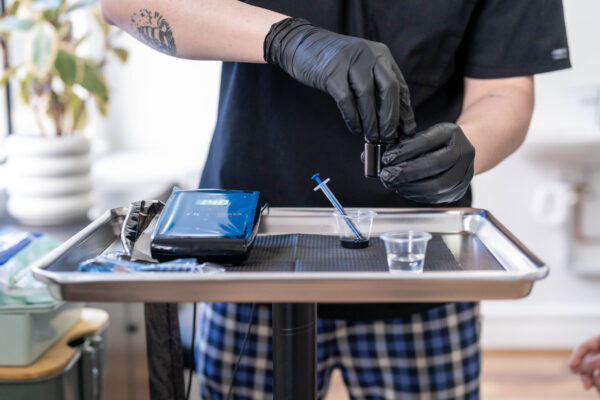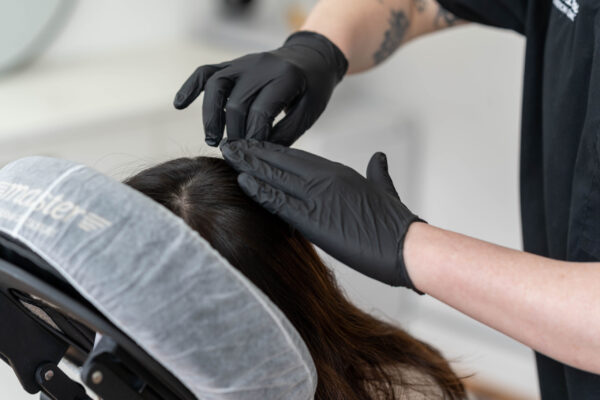Alopecia Areata is not uncommon, and current estimates suggest that 2% of the population will be affected by the condition at some point in their lifetime. It can affect people of all ages, genders and ethnicity, and there is currently no cure.
Below we outline how the several types of alopecia and how scalp micropigmentation treatments can play a role in alleviating these conditions.
Types of Alopecia
Alopecia is a non-infectious, autoimmune disease that causes hair loss in people of all ages and genders. The reason for its cause is largely unknown. Most commonly it is associated with genetics. There are several types of alopecia, each with its own unique symptoms.
Alopecia Androgenic
This is the most common type of alopecia and often presents itself in males and females. This is commonly seen as a thinning of one’s hair, particularly on the hairline and crown. A U-shaped pattern will develop overtime.
Alopecia Areata
Alopecia areata is often referred to as the patchy type of alopecia. It is characterised by one or more round or oval, coin-sized tracts of hair loss on your head or other parts of your body. This can progress to total hair loss if left untreated.
Alopecia Totalis
This is the medical term for complete scalp baldness. It’s an autoimmune disorder and usually attacks in two phases; the first one causing quick and complete hair loss in the scalp and the second one causing patches of hair loss, eventually leading to totalis.
Can scalp micropigmentation help alopecia?
As scalp micropigmentation is a non-invasive modern hair loss solution there are several benefits to undergoing the procedure when suffering from alopecia. Our treatments can provide the following results:
- Long-lasting effects
- Instant results
- Affordable treatment costs
- Low-maintenance
- Non-invasive procedure
- Realistic results that reduce the appearance of the alopecia
As our technicians use a specific type of ink that is designed to match your skin tone. As a result our technicians create a subtle but rejuvenate hairline in men and women will often end up with a denser, fuller-looking head of hair.
Overall, SMP cannot cure the alopecia in our patients but rather provide a look that restores our patients confidence by minimising the appearance of the alopecia hair loss. With SMP you can enjoy a permanent, non-invasive solution that can be utilised whenever you start to see your condition returning or appearing in a new area.

